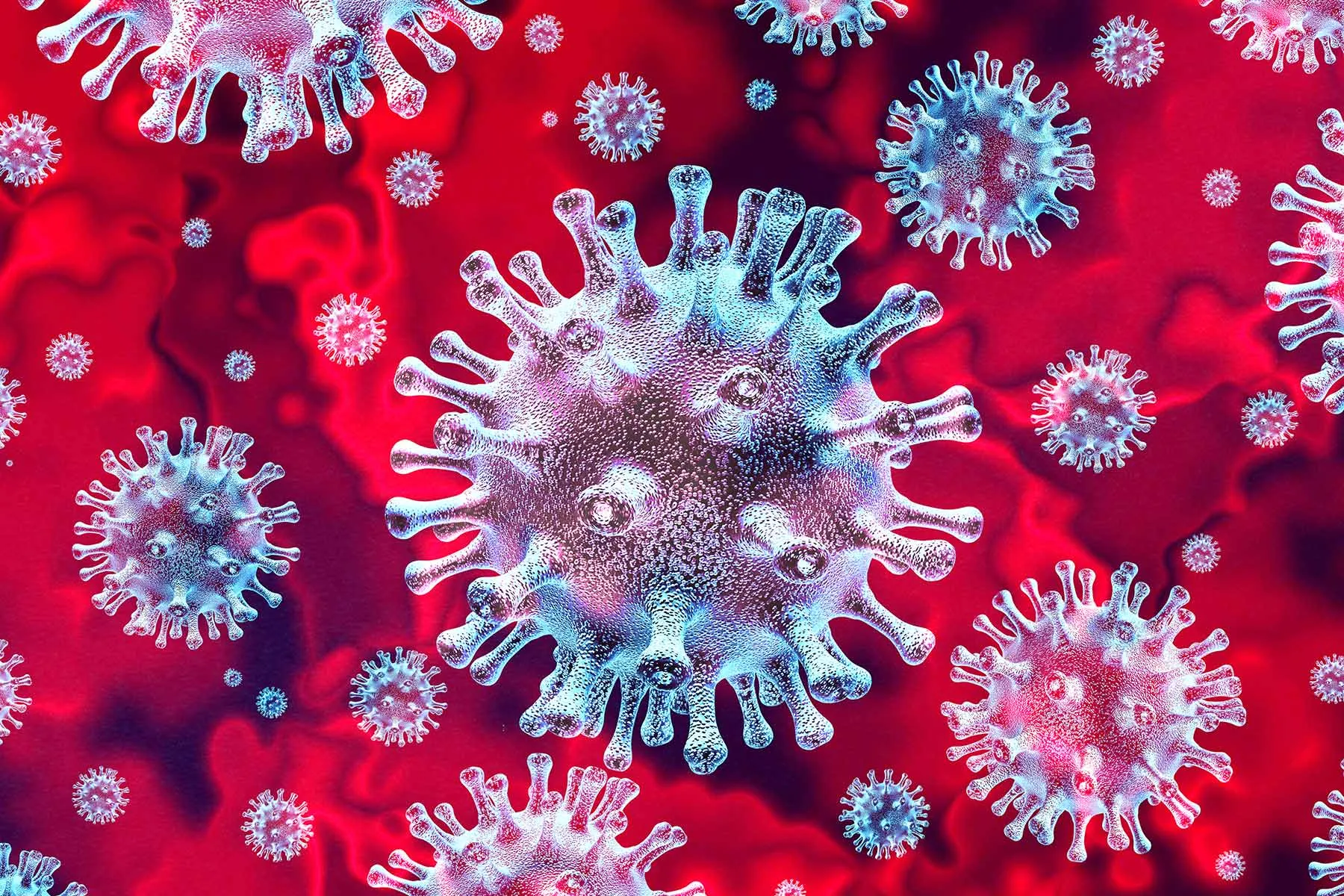
When the first case of coronavirus was first discovered more than nine months ago in Wuhan, China, medical specialists began to pay attention to the immediate symptoms of the deadly virus, including shortness of breath, dry cough, fever, and lack of sense of taste or smell.
However, a few months after the pandemic, they began to notice that although most people infected with the virus have fully recovered, others are still suffering a few months later.
A neurologist at the Perelman School of Medicine at the University of Pennsylvania, Joseph Berg, stated: In our local community, we only began seeing these sufferers in March. This is just six or seven months of experience with the disease. It’s too early to make significant comments on how this virus will affect patients in the long term.
Berger and his colleagues at the Pennsylvania Medical University have been tracking patients (also known as “long-haulers”) who have passed through the recovery clinic after COVID and are trying to recover to full health, treating their long-term symptoms and the damage the coronavirus has wreaked on the body.
In a paper published by the university, they detailed the 9 most terrifying long-term symptoms. Read on to find out what symptoms to look out for.
Read on and ensure the health of yourself and others, do not miss these sure signs that you already have the COVID-19 disease.

1. DISCOMFORT IN SWALLOWING
According to their initial illness, doctors divide long-haulers into several categories. The most serious cases are involved first. These patients have been mechanically ventilated in the Intensive Care Unit (ICU), those sufferers who have had a continued course of critical illness, Robert Kotloff of the Harron Lung Center at the University of Pennsylvania. We call this intensive care syndrome. The first long-term symptom experienced is that this group has dysphagia or have discomfort swallowing, possibly caused by being hooked on a ventilator.
2. PROFOUND FEEBLENESS
Some sufferers in this group do not retrieve their strength, and instead, experience profound feebleness for 3-4 months.
3. SLOW RECOVERY OF LUNGS FUNCTION
The group is also struggling to heal their damaged lungs, making it tough to breathe. Pulmonary difficulties are not uncommon when a person is recovering from a severe respiratory infection.
 4. PSYCHOLOGICAL PROBLEMS
4. PSYCHOLOGICAL PROBLEMS
The last common symptom of the first group is related to the brain. Berger described unfamiliar phenomena in sufferers he had seen who reported neurological symptoms (including changes like behavior and confusion, etc.) after coronavirus infection, sometimes accompanied by dizziness and headaches problems.
He said: This can be some kind of structural damage to the brain that we can’t see. We haven’t found anything important in imaging studies, and even spinal fluid examination has not surprisingly revealed it.
5. SHORTNESS OF BREATH
The second category also experienced severe forms of CORONAVIRUS infection-including pneumonia-and received treatment in the hospital or at home but was never considered a serious illness. However, as a result, they seem to sustain prolonged lung damage and inflammation. The first way this manifests itself is through shortness of breath.
6. PERSISTENT SHADOWS ON X-RAYS
After an X-rays are conducted on these patients, a persistent shadow is usually found, indicating that damage has been caused. Kotloff said: The question coming in my mind is whether we should wait or watch, or will some of these sufferers get benefit from glucocorticoids?

7. FATIGUE PLUS BREATHING ISSUES
The third group consists of people who suffered mild infections, accounting for the majority of patients experiencing long-term coronavirus treatment. Kotloff said: These conditions are even more curious.
These patients have relatively mild infections, even without pneumonia, but later came to us due to shortness of breath and severe fatigue, but we couldn’t find any physiological for these signs.
Abramoff added that experts have seen patients with residual cough or shortness of breath, or other symptoms such as pain, weakness, or loss of endurance.
8. AUTOIMMUNE DISEASE
Berger added that the virus he observed has another rare long-term manifestation similar to Guillain-Barré, an autoimmune disease that attacks the nervous system. He explained: Even if [COVID-19 infection] is an acute insult that does not continue, the response to it can make the patient weak and other neurological manifestations. But fortunately, this is a very small number of patients.
9. DAMAGE TO OTHER ORGANS
The doctor added that a small batch of patients have sustained damage to other organs, possibly due to complications from the acute phase of the virus, including stroke and other issues like kidney failure, cardiac inflammation, and blood clots.
Abramoff stated: We had seen people in inpatients rehab-many of them were the sickest patients, the most serious of which was in the intensive care unit in the long-term experience multiple organ system failures—who had a lot of multidisciplinary needs.
 As for yourself, to evade these symptoms, and to prevent someone else from becoming infected: must wear a mask, practice social distancing, and wash your hands periodically.
As for yourself, to evade these symptoms, and to prevent someone else from becoming infected: must wear a mask, practice social distancing, and wash your hands periodically.






